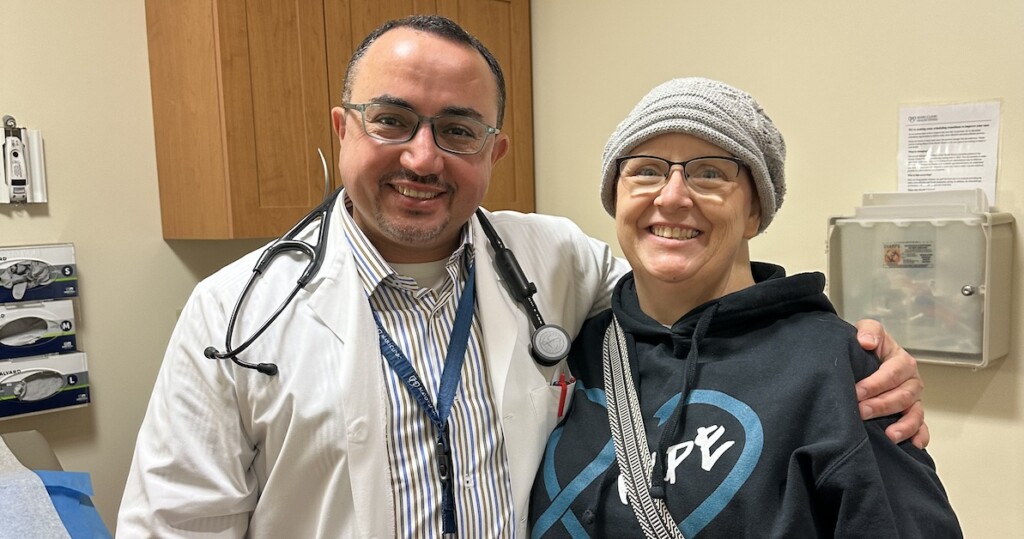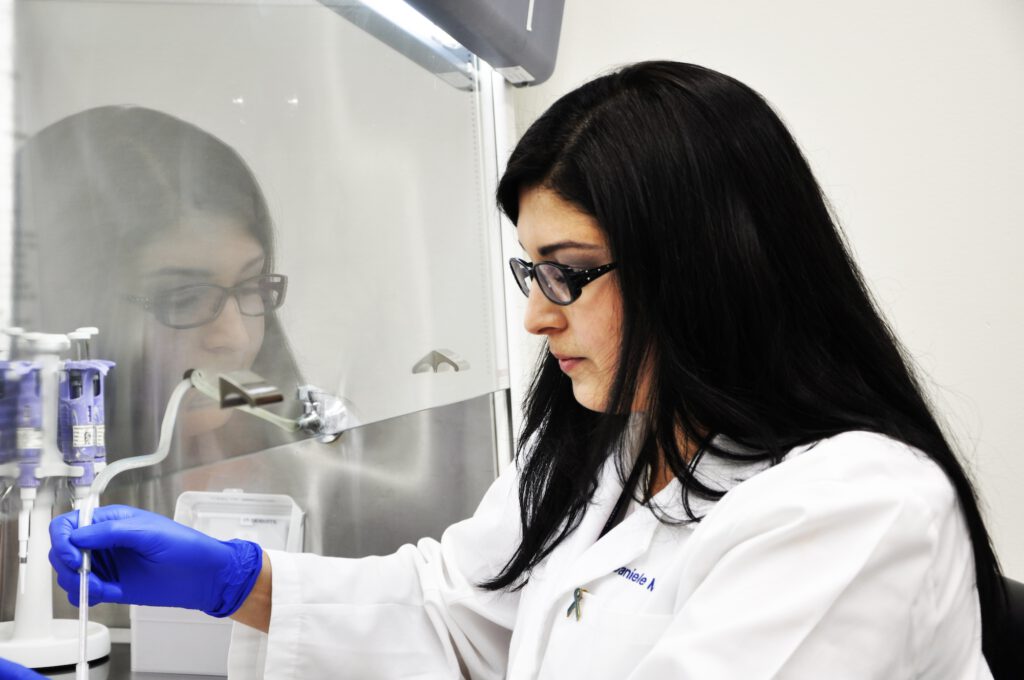
Find a Doctor
Locate gynecologic oncologists, specialists, and treatment centers in your area.
If you or a loved one is diagnosed with ovarian cancer, questions about treatment and prognosis are natural. Knowing the stages of ovarian cancer and their meanings can help you understand what to expect.
In order to plan treatment and predict prognosis, a doctor determines a person’s cancer stage using the results of diagnostic tests, imaging scans, and samples taken from surgery.
For ovarian cancer, your doctor will likely use the American Joint Committee on Cancer (AJCC) or International Federation of Gynecology and Obstetrics (FIGO) staging systems. These systems help doctors assign a stage based on the tumor’s location and whether it has spread to nearby lymph nodes or other areas of the body.
This staging system also applies to fallopian tube cancer and primary peritoneal cancer.
Generally, ovarian cancer stage refers to its pathological stage (surgical stage), determined by tissue samples surgically removed and biopsied. If surgery is not possible, a clinical stage is assigned based on imaging and physical exams. Subsequent surgical biopsy results can update the pathological stage classification.
Note: Stages are referred to using Roman numerals (e.g., Stage I, Stage II, Stage III, Stage IV).
Cancer grading is determined by examining cancer cells under a microscope to understand how quickly they may grow and spread. Pathologists classify cancer as Grade 1, 2, or 3:
When a person has Stage 1 ovarian cancer, it means the cancer has only been found in one or both ovaries or fallopian tubes and has not spread to other sites. Only 17% of patients with ovarian cancer are diagnosed with Stage 1 disease.
Stage 1 Ovarian Cancer Treatment
Ovarian cancer patients generally undergo a total abdominal hysterectomy, salpingo-oophorectomy (removal of both ovaries and fallopian tubes), omentectomy (removal of the omentum), and lymph node biopsies to check for disease spread. If no cancer is found outside the ovary, the cancer is confirmed as Stage 1.
For those of childbearing age with cancer in one ovary, fertility-sparing treatment may be offered, preserving the normal ovary and uterus while still performing necessary surgical staging, including omentectomy and lymph node biopsies.
Depending on the tumor features, some patients may need no further treatment. Chemotherapy is often recommended for high-grade tumors or if cancer is on the ovary’s surface or in abdominal fluid. Learn more about the different treatments and therapies.
Stage 2 ovarian cancer means the cancer is found in one or both ovaries or fallopian tubes and has spread to other areas of the pelvis. 19% of ovarian cancers are found at stage 2.
Stage 2 Ovarian Cancer Treatment
Stage 2 ovarian cancer treatment typically includes a hysterectomy, bilateral salpingo-oophorectomy (removal of both ovaries and fallopian tubes), tumor debulking, and lymph node and tissue sampling to check for cancer spread. Most patients receive chemotherapy after surgery.
Stage 3 ovarian cancer indicates that the cancer is in one or both ovaries and has spread outside the pelvis to the abdomen, nearby lymph nodes, or the surface of the liver.
Stage 3 Ovarian Cancer Treatment
Treatment for Stage 3 ovarian cancer includes surgery and chemotherapy. At surgery, a hysterectomy and bilateral salpingo-oophorectomy (removal of both ovaries and fallopian tubes) is performed, along with resection of as much of the tumor as possible. In addition, lymph nodes and other tissues in the pelvis and abdomen that are suspected of harboring cancer may be removed. Depending on the distribution of disease on imaging studies or other pre-operative assessments, some people may have chemotherapy prior to surgery. This often results in tumor shrinkage, which may enable a less aggressive surgery to be performed. Other people may have surgery first, followed by chemotherapy.
When a person is diagnosed with Stage 4 ovarian cancer, the cancer has spread to the lungs or to the inner part of the liver, or to other distant sites. Cancer cells in fluid around the lungs is also considered Stage 4 ovarian cancer.
Stage 4 Ovarian Cancer Treatment
Treatment for Stage 4 ovarian cancer will usually consist of surgery to remove as much of the tumor as possible, in combination with chemotherapy. Learn more about the different treatments and therapies.
Survival rates vary by cancer stage. Early-stage disease generally has a better prognosis than advanced-stage disease. Survival rates are based on large studies and cannot predict individual outcomes.
For all ovarian cancer types combined:
Most women with Stage 1 ovarian cancer have an excellent prognosis, with an average 5-year survival rate of 93%. Survival rates are further determined by type of ovarian cancer.
Stage 2 ovarian cancer is typically considered to be regional spread, which has a general 5-year relative survival rate of about 74%.
The average five-year survival rate for Stage 3 ovarian cancer is 41%.
The average relative 5-year survival rate for those diagnosed with distant spread ovarian cancer, which includes Stage 4 ovarian cancer, is about 31%. The SEER program under the National Cancer Institute does not report on survival data by stage, but instead tracks survival data according to whether the cancer is localized, regional, or has distant spread, at the time of initial diagnosis.

Locate gynecologic oncologists, specialists, and treatment centers in your area.

Explore new treatments for ovarian and gynecologic cancers.

Get email updates about research news, action alerts, and ways to join the fight.